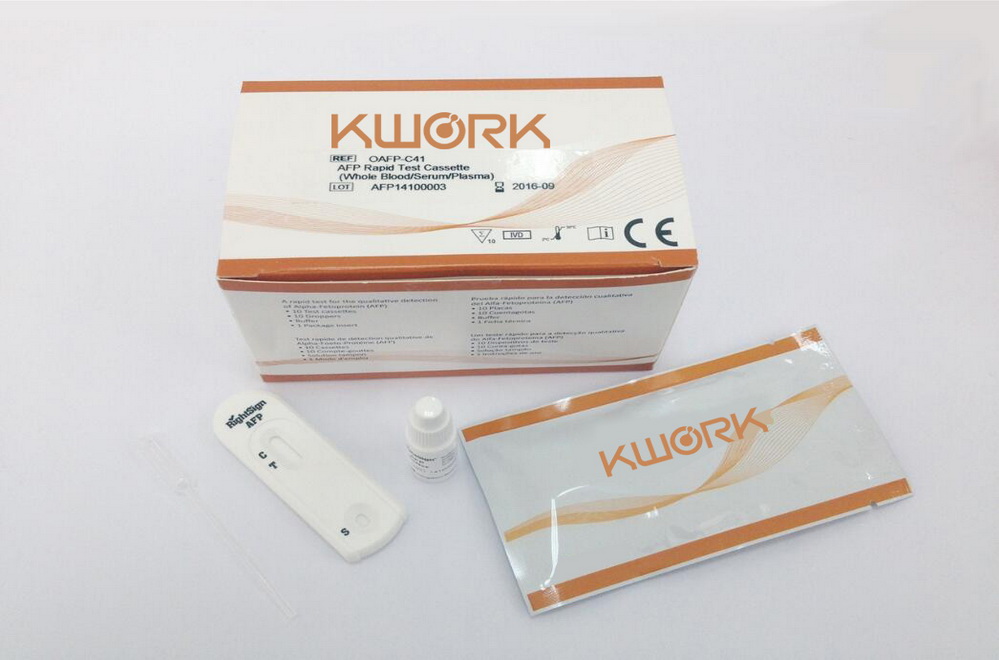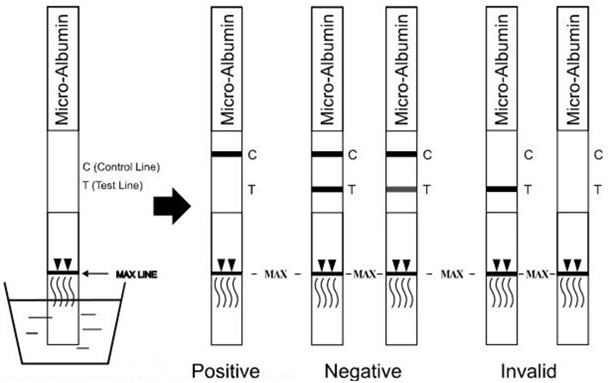
【SUMMARY 】
The persistent appearance of small amounts of albumin in urine
(microalbuminuria) may be the first indicator of a renal dysfunction. For
diabetic patients, positive results may be the first indicator of a diabetic
nephropathy. Without therapy, the amount of released albumin will increase
(macroalbuminuria) and renal insufficiency will occur. In cases of Type 2
diabetes, the early diagnosis and therapy of diabetic nephropathy is especially
important. In addition to being the earliest manifestation of nephropathy,
albuminuria is also a marker of an increased risk for
cardiovascular diseases in type-2 diabetes. In normal physiological conditions,
small amounts of albumin are glomerularly filtrated and tubularly reabsorbed.
The expulsion of 20 μg/mL to 200 μg/mL albumin in urine is characterized as
microalbuminuria. In addition to renal dysfunction, a transient albuminuria
might also be caused by physical training, infection of the urinary tract,
hypertension, cardiac insufficiency and surgery.
【DIRECTIONS
FOR USE】
1. Remove the test dipstick from the sealed foil pouch and use
it as soon as possible. Best results will be obtained if the assay is performed
immediately after opening the foil pouch.
2. Hold the dipstick by the end, where the abbreviation of the analyte is
printed. To avoid contamination, do not touch the membrane of the dipstick.
3. Holding the dipstick vertically, dip the tip of the test dipstick in the
urine specimen for at least 10-15 seconds. Do not immerse past the maximum line
(MAX) on the test dipstick. As the test begins to work, color will migrate
across the membrane.
4. After the liquid front has reached the upper end, remove the dipstick from
the specimen and place it on a non - absorbent flat surface. Start the timer
and wait for the colored line (s) to appear.
5. The result should be read at 5 minutes. Do not interpret the result after 10
minutes.




